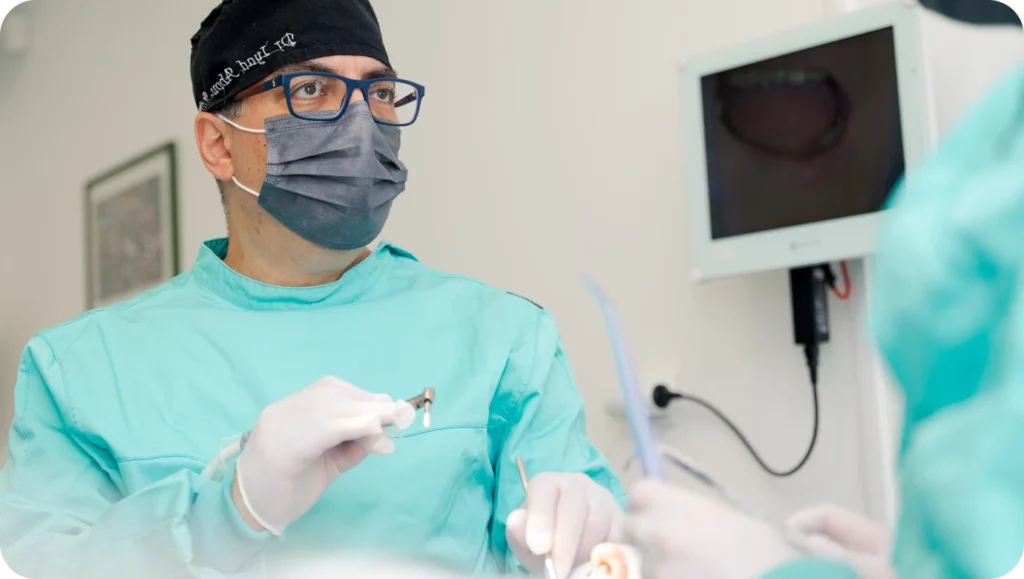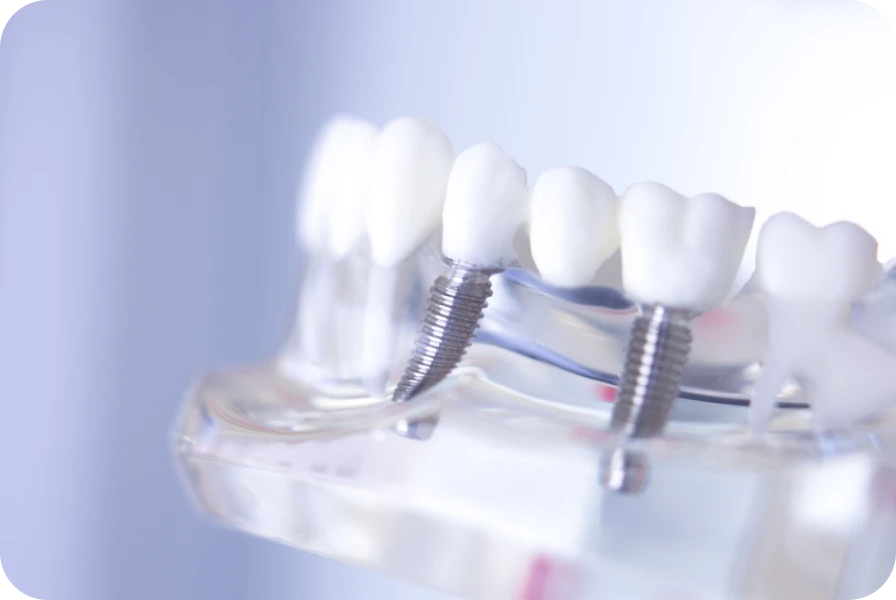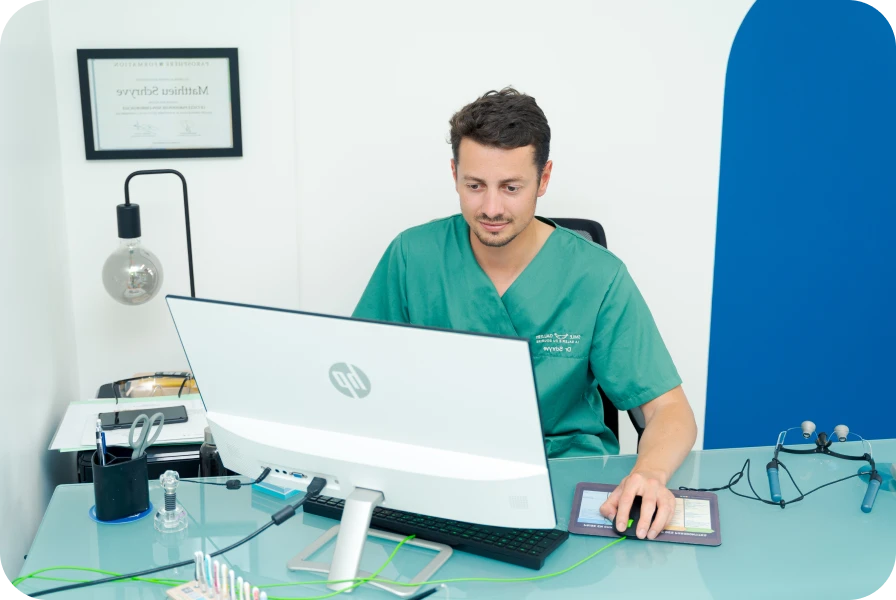Immediate Extraction and Implantation
Immediate extraction and implantation is a procedure that combines two stages into a single intervention. It allows you to save time and reduce the number of dental visits. To ensure the smooth progress of this procedure, carefully follow the recommendations below.
Preparation before the Procedure
Before the procedure, consult your dentist for a comprehensive examination. It is essential to check the condition of your teeth and gums. Good oral hygiene is crucial to minimize the risk of infection. Use an antiseptic mouthwash daily for one week before the procedure; this will reduce the number of bacteria in your mouth. On the day of the procedure, avoid eating or drinking for six hours beforehand. Your dentist may prescribe a preventive antibiotic; take this medication as directed.
On the Day of the Procedure
Arrive on time for your procedure appointment. Wear comfortable clothing to feel at ease. Inform your dentist if you experience anxiety; they can offer solutions to help you relax. Ensure you have someone to accompany you after the procedure. You will not be able to drive after receiving anesthesia.
The procedure will begin with the administration of local anesthesia. This will numb the affected area. You will not feel any pain during the procedure. Next, the dentist will proceed with the extraction of the failing tooth. Once the tooth is removed, the implant will be inserted directly into the alveolar bone. This technique helps reduce bone loss that could occur between the two stages if they were separated.

Immediate Post-Operative Care
After the procedure, strictly follow your dentist’s instructions. Apply an ice pack to the surgical site to reduce swelling. Take prescribed medications to manage pain. Avoid spitting or rinsing your mouth during the first 24 hours. This could cause bleeding. Eat soft, lukewarm foods during the first few days. Avoid hot beverages and crunchy foods that could irritate the area.
Do not touch the surgical site with your tongue or fingers. This could introduce bacteria and cause an infection. Continue to use the antiseptic mouthwash to keep the area clean. Do not smoke during the healing period, as this slows down the process and increases the risk of complications.
Post-Procedure Follow-up
Your dentist will schedule a follow-up appointment to check the healing of the surgical site. Be sure to keep this appointment. If you notice signs of infection, such as persistent swelling or intense pain, contact your dentist immediately. Complete healing of the implant can take several months. During this time, follow your dentist’s recommendations to ensure proper healing.
It is also important to maintain good oral hygiene. Brush your teeth with a soft-bristled toothbrush to avoid irritating the surgical site. Use dental floss carefully to avoid damaging the implant.
Advantages of Immediate Extraction and Implantation
This method offers several advantages. By combining the two stages, you reduce the overall treatment time. You also limit the number of dental visits. Furthermore, immediate implantation helps preserve the alveolar bone, which is essential for the long-term stability of the implant. By avoiding the waiting period between extraction and implantation, you also reduce the risk of complications related to bone loss.


Possible Risks and Complications
Like any surgical procedure, immediate extraction and implantation carries certain risks. You may experience pain or swelling after the procedure. These symptoms are usually temporary and can be managed with medication. There is also a risk of infection, especially if post-operative instructions are not followed correctly.
In rare cases, the implant may fail to integrate properly with the bone. If this occurs, it may be necessary to remove the implant and restart the process after a healing period. It is essential to discuss these risks with your dentist before the procedure to fully understand what to expect.
How to Optimize Healing
To promote rapid and complication-free healing, follow these tips. Stay well-hydrated, but avoid alcoholic and carbonated beverages. Get sufficient rest, especially during the first few days after the procedure. Avoid intense physical activities that could increase your blood pressure and cause bleeding.
Eat foods rich in vitamins and minerals to support the healing process. Soft fruits and vegetables, as well as lean proteins, are good choices. If your dentist has prescribed nutritional supplements, take them as directed.
Immediate extraction and implantation is an effective solution for replacing a failing tooth. By carefully following your dentist’s recommendations before, during, and after the procedure, you maximize your chances of success. Proper preparation, rigorous post-operative care, and regular follow-ups are essential to ensure rapid and complication-free healing.
Adopt a proactive approach to your oral health care. This will help you maintain healthy and long-lasting implants. If you have any questions or concerns, do not hesitate to consult your dentist for personalized answers and advice.
